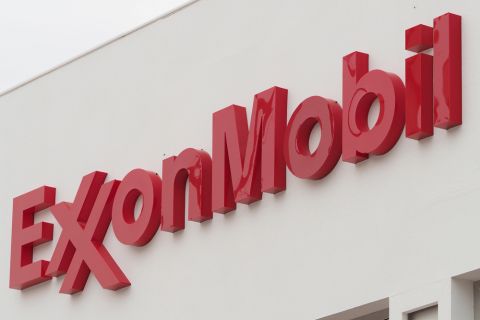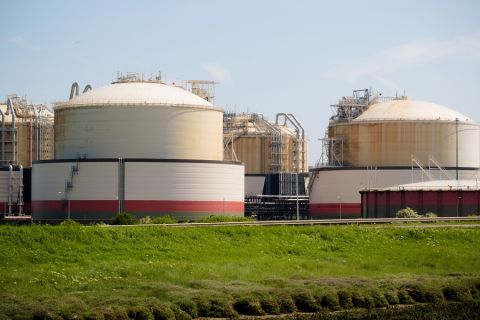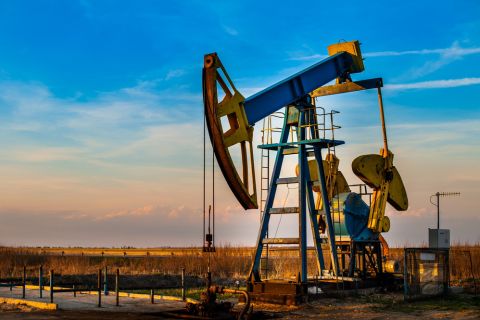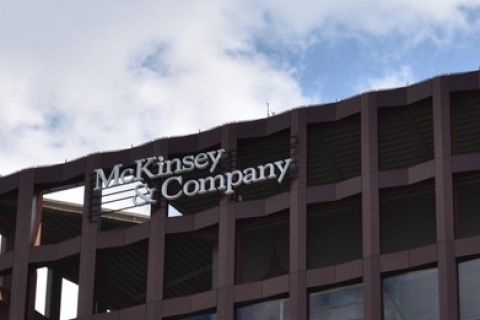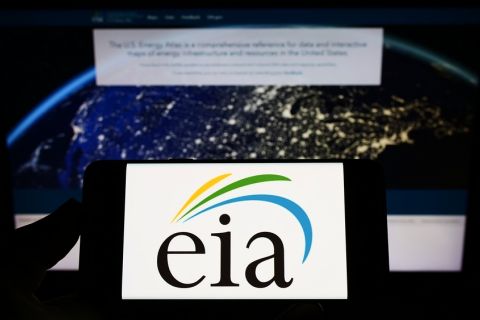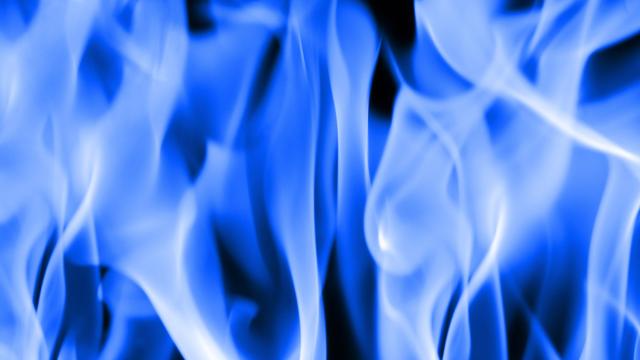
(Source: Shutterstock)
In this issue of Midstream Business, we light up the topic of natural gas, which always has been something of the stepchild of the industry. Historically, more money could be made, and made more quickly, when drillers pursued crude oil.
Gas proved troublesome. You couldn’t see it, you couldn’t sell it without adequate plumbing to move it (the midstream!), and it had a bad habit of blowing up if your tool dresser happened to be smoking a cigar when he walked out on your cable tool’s drill floor.
There were and are gas-related safety issues, as contributor Jeff Share notes in these pages. But the industry has taken massive strides to make gas a safe and affordable fuel.
The federal government compounded the gas problem for years by mandating prices that remained artificially low, always just behind what the market would willingly pay for the fuel. Producers ignored it, and, to no surprise, gas reserves dwindled.
Gas proved more trouble than it was worth—literally.
The answer for years proved easy: Flare it. Get rid of it.
And that, sadly, remains an answer even today. Crews on the International Space Station have taken multiple photos of gas flares worldwide. This magazine sported a cover in 2013 of the Eagle Ford at night. Bright polka dots lit the South Texas night in what from space appeared to be a gigantic new city between San Antonio and Houston.
New pipeline capacity snuffed the Eagle Ford’s flares, but flares burn brightly now to the west in the Permian Basin as producers await new pipeline capacity to link the gigantic basin to markets. What else can you do when Waha Hub prices turn negative? That’s right: They have to pay somebody just to take the stuff off your hands.
The Texas Railroad Commission and other regulatory agencies—not to mention royalty owners who welcome fat checks—take a dim view of this, so there are serious inducements to “do something” to get the gas out. It will happen in the Permian; the flares will go out.
Flares have come to life from time to time elsewhere, in the Bakken and Midcontinent, for example. But there are massive flares in the Mideast that provide a “permanent” solution to the gas problem there.
Things changed over time as the industry, and later the public, recognized the value of gas. Research by founders of what is today the GPA Midstream Association found safe and economical ways to separate raw-gas components—propane, butane, etc.—from the methane and laid foundations for whole new industries, which range in size from multi-billion dollar petrochemical plants to patio grills we use to cook burgers on holiday weekends.
Remember: That plastic cup on your desk started off as natural gas somewhere.
Change continues. North America enjoys the best natural gas pipeline grid in the world, and current projects will make it better. The system feeds into burgeoning gas liquefaction plants—another new gas-based industry—that chill methane for easier shipment around the world.
But gas bugaboos remain. The environmental lobby lumps gas into that same dirty category as all other hydrocarbon fuels that allegedly ruin the earth’s climate. Berkeley, Calif., recently outlawed new installations of gas infrastructure. Proponents say they hope other cities will do likewise.
On the East Coast, National Grid, the New York gas utility corporation, has cautioned that it may not be able to hook up new customers unless additional gas transmission capacity to the mammoth, next-door Marcellus and Utica plays gets built.
So challenges remain. But I believe that, more and more, people see natural gas as a positive alternative coal to uncertain renewable energy sources. The LNG trade grows. The future of gas certainly looks positive from where I sit. Even the federal government, which as noted always seemed to be behind the curve on the gas market, is opening an LNG-dedicated Houston office for the Federal Energy Regulatory Commission to speed consideration of applications.
Perhaps the industry’s stepchild will become its heir apparent.
Meanwhile, Hart Energy has several great conferences planned for this fall that will discuss gas issues and much more. Check www.hartenergyconferences.com for more information. I hope to see you there.
Recommended Reading
Exxon’s Payara Hits 220,000 bbl/d Ceiling in Just Three Months
2024-02-05 - ExxonMobil Corp.’s third development offshore Guyana in the Stabroek Block — the Payara project— reached its nameplate production capacity of 220,000 bbl/d in January 2024, less than three months after commencing production and ahead of schedule.
Venture Global, Grain LNG Ink Deal to Provide LNG to UK
2024-02-05 - Under the agreement, Venture Global will have the ability to access 3 million tonnes per annum of LNG storage and regasification capacity at the Isle of Grain LNG terminal.
What's Affecting Oil Prices This Week? (Feb. 5, 2024)
2024-02-05 - Stratas Advisors says the U.S.’ response (so far) to the recent attack on U.S. troops has been measured without direct confrontation of Iran, which reduces the possibility of oil flows being disrupted.
McKinsey: US Output Hinges on E&P Capital Discipline, Permian Well Trends
2024-02-07 - U.S. oil production reached record levels to close out 2023. But the future of U.S. output hinges on E&P capital discipline and well-productivity trends in the Permian Basin, according to McKinsey & Co.
EIA: Oil Prices Could Move Up as Global Tensions Threaten Crude Supply
2024-02-07 - Geopolitical tensions in the Middle East and ongoing risks that threaten global supply have experts questioning where oil prices will move next.

